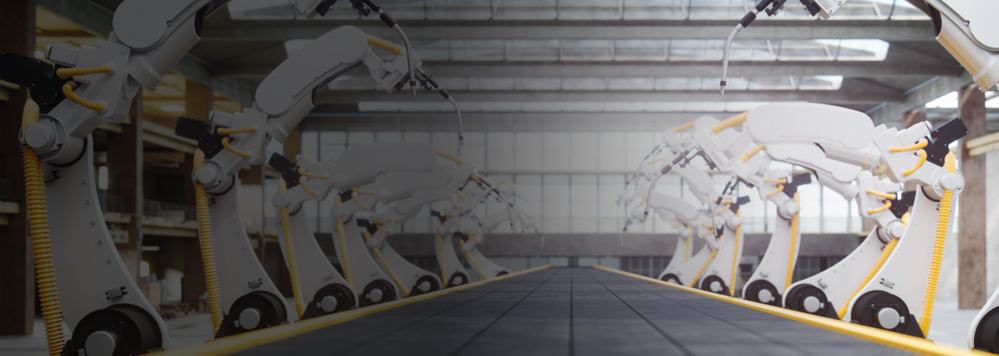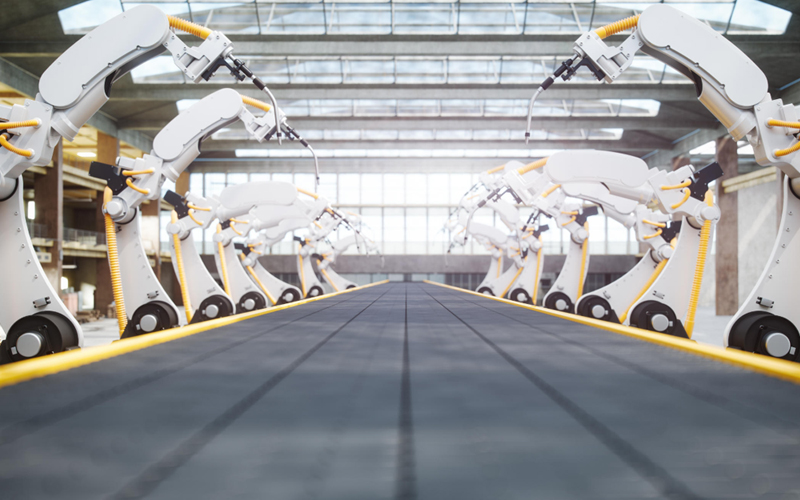Air cargo keeps global trade alive by transporting goods across continents within hours. Planners use air‑cargo simulations to test routes, hub capacity, and ground handling before dispatching aircraft. Legacy simulation models rely on static data and presume steady fuel prices, so they update slowly while markets shift hourly. Capacity swings, fuel spikes, storms, and stricter green rules are outpacing these tools.
This is where digital twin technology comes in. It bridges the gap through real‑time, data‑driven replicas of aircraft, warehouses, and processes. Digital twins in supply chain management future‑proof air‑cargo planning.
What is a digital twin?
A digital twin is a virtual model that replicates the real object or process through continuous data sensors. These sensors report temperature, vibration, weight, or position. The digital twins software then mirrors those changes inside the model. Because the model updates in real time, weak points appear early, long before they stop operations.
Types of twins
- Component twins track single parts, such as a cargo‑door motor.
- Asset twins combine several parts.
- System twins connect many assets across a turnaround, linking ramp vehicles, belts, and cooling tunnels.
- Process twins follow the full door‑to‑door journey—from booking to customs to final‑mile delivery.
Running these layers together gives finance, operations, and HR leaders a clear picture that scales from one bolt to the entire network.
Technology that powers the twin
- Internet of Things (IoT) sensors stream real‑time data from pallets, aircraft holds, and ground gear.
- Artificial intelligence and machine learning look for patterns in that data and predict issues such as capacity bottlenecks or part wear.
- Visual analytics turn complex findings into dashboards that planners, pilots, and procurement heads can act on at once.
With these tools in place, digital twins in logistics shift from static diagrams to self‑updating guides, strengthening digital twins in supply‑chain management across many industries.
Where digital twins add value
A twin shows its real worth when common cargo problems meet virtual foresight. Each challenge below explains how the model turns uncertainty into confident action.
End‑to‑end visibility
Data in air‑cargo chains often sits in separate systems. When an inbound flight runs late, the knock‑on effect can stay hidden for hours. A process twin stitches booking, warehouse, and flight feeds into one live map. Every team sees the ripple at once. Cargo can be rerouted, containers rescheduled, and staff redeployed in minutes, not hours.
Predictive maintenance and asset health
Coolers, pumps, and loaders can fail without warning. Component twins watch for small changes in vibration and power draw. When a part drifts from normal limits, maintenance can step in during a planned stop. That approach keeps aircraft moving, protects temperature‑sensitive goods, and smooths cash flow.
Remote operations and safety
Inspections on the ramp expose engineers to jet blast, noise, and moving vehicles. Live asset twins stream telemetry to a control room instead. Engineers diagnose faults from a safe location, which reduces injury risk, lowers insurance costs, and widens the talent pool because experts no longer need to live near every site.
Accelerated network planning
Holiday surges, vaccine shipments, or flash-sale events can overwhelm static plans. Digital twins in logistics let planners run “what‑if” tests overnight. Schedules, warehouse layouts, and block‑hour allocations are tweaked in the model until service goals hold and costs flatten. The best plan can then be sent to operations the next morning.
Operational efficiency
Some days, cargo bellies fly half empty; other days, freight is turned away. Digital twins in supply chain management examine many demand curves at once and suggest load swaps or shared block‑space deals. Higher load factors follow, pushing down cost per kilo and cutting last‑minute charter fees.
Sustainability and fuel economics
Boards set tough CO₂ limits while fuel prices fluctuate. A digital twin fine‑tunes route, altitude, and load mix in live weather, balancing fuel expenditure against green targets. Because of this, fuel is saved, ESG teams gain solid carbon data, and sales can prove greener lanes without over‑claiming.
Workforce and safety management
Irregular rosters lead to overtime spikes and fatigue risks. HR overlays skills maps onto live demand inside the twin. Shifts are reshaped before pressure builds, trimming overtime costs, cutting fatigue incidents, and lifting morale while on‑time performance stays high.[2]
Capital and lifecycle planning
Deciding when to lease, buy, or retire aircraft involves long‑term risk. Asset twins stress‑test each option against shifting traffic and maintenance curves. Leaders can gain a clear view of cash impact, service resilience, and resale value, turning capital planning from guesswork into an evidence‑based strategy.
How can Infosys BPM help?
Infosys BPM delivers a full air‑cargo support stack through digital twins in logistics. Dedicated teams manage booking requests, check space and load plans, and control ULD inventory across the network. Automated AWB verification, quote‑rate updates, contract tracking, and revenue accounting keep finance clean. Cargo IQ reporting, operational analytics, and claims workflows flag capacity gaps, missed milestones, and damage issues early. The service lowers cost, lifts efficiency, and raises customer satisfaction through always‑on technology help desks.








